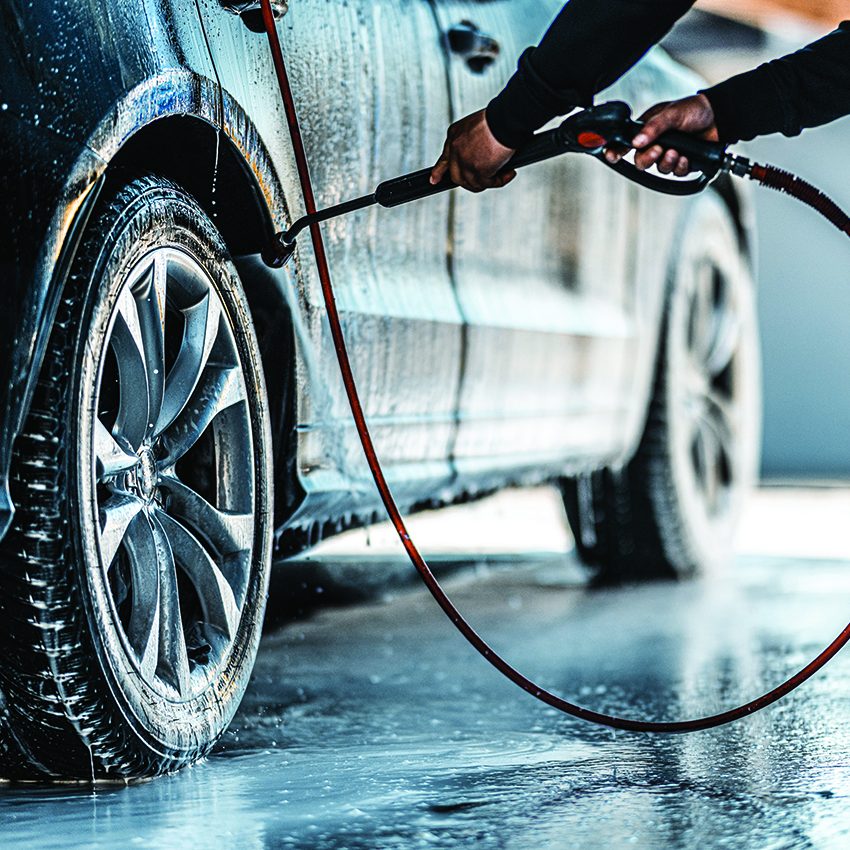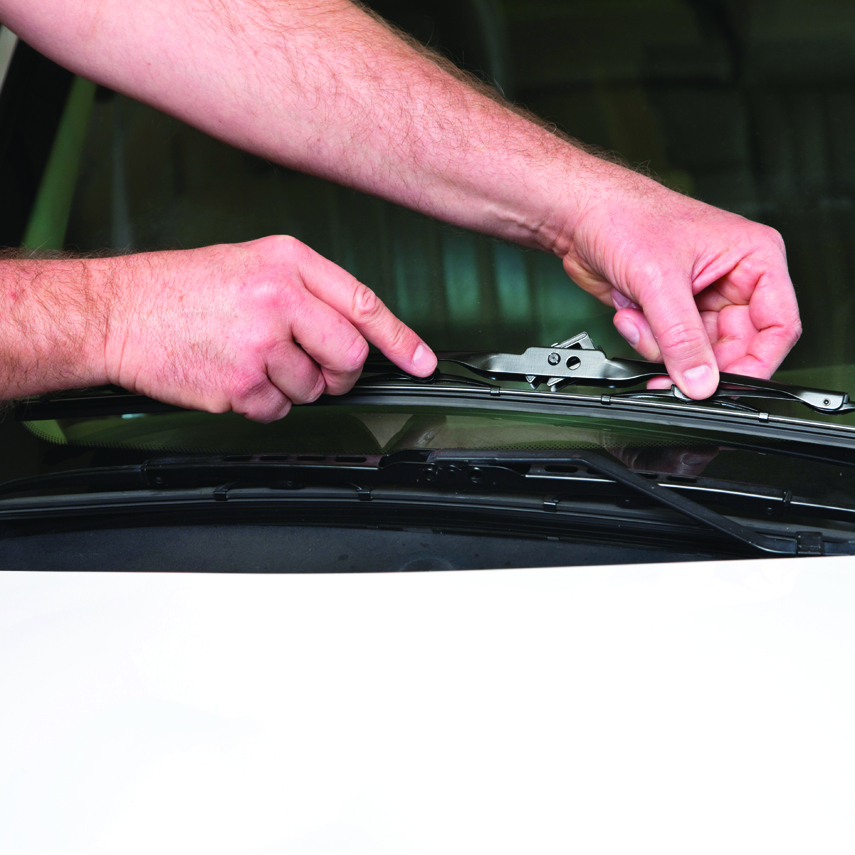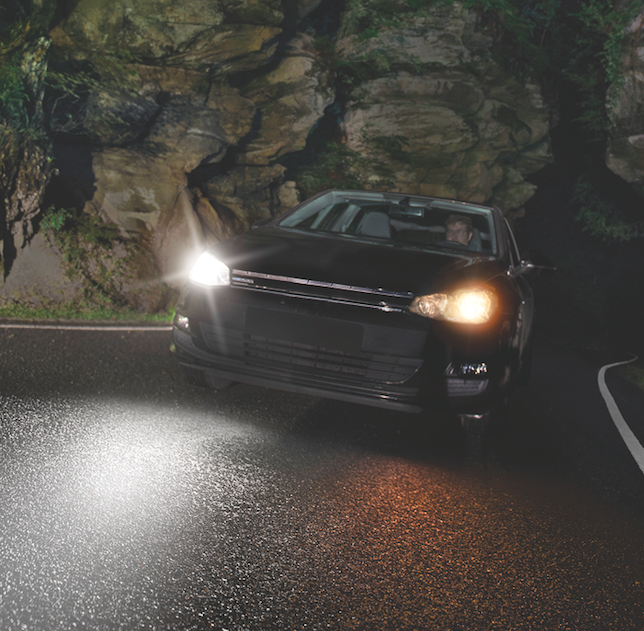Taking care of a vehicle involves more than just maintaining the equipment under the hood. There are a number of steps involved in keeping a car or truck in top form, and that includes regular car washes.
Car washes keep a vehicle shiny and clean, which can help it look good while sitting in the driveway or cruising the highway. However, regular car washes are more than cosmetic.
Protection From The Sun
A car that is routinely and properly washed and waxed is less vulnerable to damage from the sun’s ultraviolet rays.
Extend The Life Of Paint
Dirt and debris can build up on the paint surface and eventually lead to scratches and other damage. Bird droppings and sap can be corrosive. Washing will help remove grime and protect the paint in the process.
Preserve The Vehicle’s Value
Drivers who plan to sell or trade in their vehicles in the future should realize that a well-maintained car can bring in as much as 20 percent more for above-average condition, according to Kelley Blue Book. Maintaining a clean and shiny vehicle can protect its long-term value.
Remove Salt
Drivers who live near the ocean or in areas where roads are salted in the winter to melt snow may have cars with high salt corrosion rates. Unless it’s washed off frequently, salt can take its toll, leading to damage.
Improve Fuel Efficiency
Drivers have felt pain in their wallets at the fuel pump in recent years. Dirty cars may be less aerodynamic and less fuel-efficient as a result. Keeping a car clean may improve its fuel efficiency.
Maintain The Interior
Car washes are not only about the exterior. Keeping a clean and tidy interior can help improve the air quality inside of the vehicle and prolong the life of upholstery, mats and interior components.
Car washes should be a routine part of vehicle maintenance. Professional car washes tend to be more eco-friendly than washing a car at home, so drivers are urged investigate their service plans and features.









